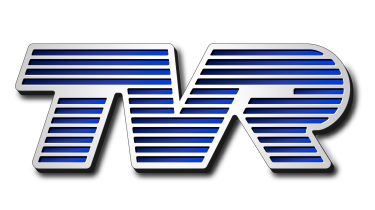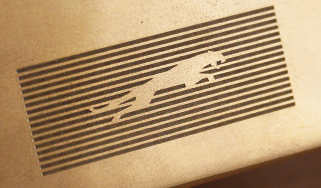Could TVR turn to 4-cylinder engines?
We speak to TVR boss on possibility of 4-cylinder engines, new four-model range and why they have to be British-built

This week, news broke of TVR’s resurgence – almost a decade after the last car rolled off the production line in Blackpool. TVR chairman, Les Edgar, confirmed an initial four car line-up using Gordon Murray’s expertise and a Cosworth-sourced V8 engine. However, following an interview with Edgar, Auto Express can reveal smaller four-cylinder engines are “not out of the question”.
Edgar told us the new car will get “great aero”, and a “great engine” – but will remain a “back-to-basics sports car.” However, he admitted that despite being a low-volume manufacturer, TVR can’t ignore increasing pressure to lower CO2 emissions as the company matures.
“We need to tackle the demons from the past” he said, and create an “awesome looking, lightweight sports car for the 21st century.” The last TVR to use a four-cylinder was the 1984 Tasmin 200, with a Ford-sourced 2.0-litre engine under the bonnet.
The four-model line-up will kick off with a new 1,100kg two-seat coupe, then a roadster, a higher-performance version and a lightweight racer specifically deisgned for a one-make race series. All will use the same scalable platform, plus rear-wheel drive and that Cosworth V8.
He also insisted TVR would remain a quintessentially British brand, but hinted that Blackpool and its history was no longer relevant.
Edgar admitted that “the skill set is probably in the Midlands,” although he wouldn’t confirm where the new models would be made. The first cars will be sold direct from TVR, with future models available from a dedicated network of TVR service centres.
Edgar and TVR’s investors have big plans for the brand, hinting bigger volumes than before are more than feasible. Initial focus will be on succeeding in the UK market and ironing out any early issues, before pushing into Europe with left-hand drive cars – followed by the Middle East and potentially America.
Edgar understands that TVR must walk before it can run, but said: “For the company to survive, we need reasonable volumes.” In its heyday in the 1980s, TVR was producing almost 2,000 cars a year, and aiming for those sort of volumes seems like a feasible target for Edgar.
We’re told the yet-to-be-named first model is in the final stages of design. Edgar said to expect pictures by the end of 2015, with a market launch early next year.
Now check out our list of the world's fatest road cars.



